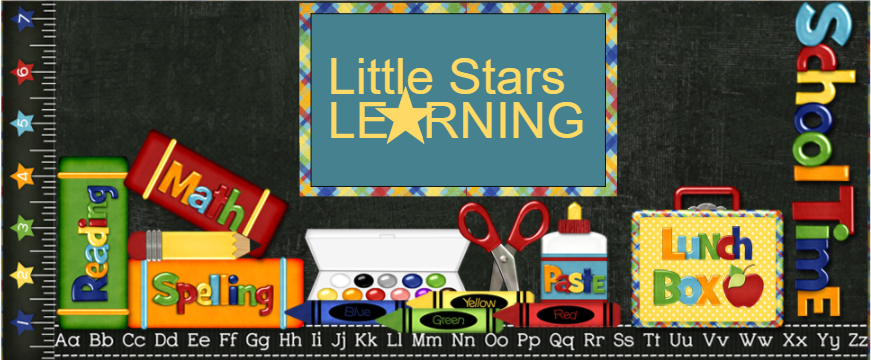When I give an instruction or lesson, I look for three levels in their understanding.
Blank Stare/Confusion
Either of these indicates that the child is:
- developmentally incapable of the action requested
- needs clarification or a visual representation
- is tired and unable to focus
Understanding and Acceptance
These two together indicate that the child is:
- developmentally on task
- is compliant with the request or comfortable with the skill requested
- does not find the task particularly challenging, insightful or entertaining
- is alert, focused, and content
Understanding and Calculation
These two together indicate the the child is:
- developmentally at or above the task
- finds the task challenging or stimulating in some manner
- has had their interest or ire piqued to some degree
- is rapidly mentally calculating all aspects of the task
- is weighing the advantages and disadvantages of compliance if it is a request or command
- is comparing and contrasting the task to others of a similar nature they have previously encountered
- is assimilating the current information into a broader context
While understanding and acceptance are the most easy situations, those are NOT TEACHING MOMENTS.
If a child is just so-so about a task, showing understanding and acceptance, then there is no challenge to the child. It's busy work. Babysitting.
If a child has little to no understanding of a task, then that reflects on the teacher's ability to properly present information according to individual needs and properly evaluate skill sets.
Or, the skill being presented is at the outermost reaches of the child's current ability. Such as with counting, the child may count as far as they have down pat, but when you ask them for the next number, they get blank and confused. That is an indication simply of a current limit to teach beyond. They are not physically or mentally developmentally incapable of the task, but learning-wise developmentally incapable.
However, when presented often enough with that next number, they will get to the understanding and calculation phase. They will be able to put the new number into context, assimilate it into their counting repertoire and continue on.
I feel that this is one of the key elements missing in today's educational environment. Teachers speak with their backs to the class writing on white boards, send students off to do "centers" on their own, and spend far too much time doing whole-class instruction.
There is too much Understanding and Compliance expected from children and frustration or irritation on the part of teachers when presented with confusion, calculation and challenge.
However, when you see these in a child's eyes, you KNOW that you are a TEACHER, and that it's time to get busy.
The other area I look for in their eyes, is their heart. I child can't learn if they can't focus, and it takes a confident and content child to focus on learning. Maslow's hierarchy of needs.
Ashamed and/or Fearful
This tells me the child:
- feels as if they SHOULD know how to do something they DO NOT
- is berated somewhere, somehow for perceived deficiency
- has low self-esteem and needs successes
- the child has had a developmental paradigm shift and their world just got bigger and a little scary
- is experiencing separation anxiety
Confident and Content
This tells me the child:
- is good with life, good with what they are doing and has few to no issues and is ready for anything and everything
Confident and Not Content
- the child is bored
- the child has some emotional issue going on
- the child has some physical issue going on - tired, hungry, hurting, etc.
- has changes at home in routine of some kind
- is needing attention in some way from some one
Many times it is the confident and content children who act out and let their needs be known. They are the children with enough self-esteem and confidence in the world that they believe that if their needs are known, they will be fulfilled. It is the others, the ashamed, fearful and the confident but not content that often bottle things up inside.
It is through their eyes that you can find these needs, these needs that keep them from learning, keep them from their potential. Unless a need is identified, it can not be met. Until it is met, it is a detriment to a child's well-being, either emotionally or physically, and their learning ability.
Lives are so busy these days. Teachers are overwhelmed with too many students and parents are often just treading water trying to keep afloat with all they need to get done. Children are commended for "good" behavior and compliance. But good and compliant doesn't create the next innovators, the next challengers, the next generation of entrepreneurs, the greatest of our society. It doesn't create passionate people with a true love of what they do.
Get on the child's level, look them in the eyes, look into their heart and mind, and respond accordingly. They are a whole person, not a reflection of the adult they will become. They deserve our respect and consideration for who they are, how they feel, their wants, needs, and desires. It is our responsibility to inspire, encourage, and challenge children to learn. Not babysit them.
Tags: parenting, teaching, childcare, child, care, daycare, preschool, pre-k, maslow's hierarchy of needs, maslow, children, toddler, instruction, curriculum, education, educational, reform, elementary, classroom
















No comments:
Post a Comment
Note: Only a member of this blog may post a comment.